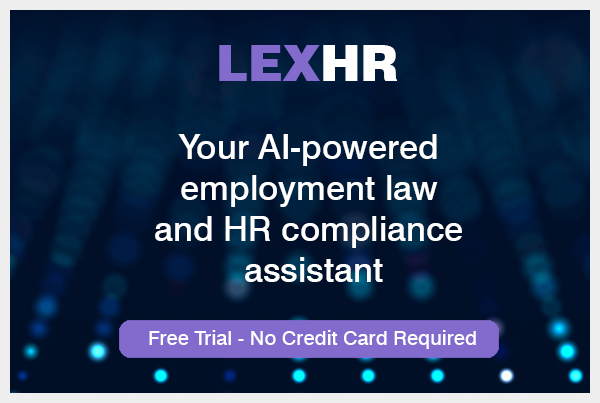Protected conversations, as defined under Section 111A of the Employment Rights Act 1996, are intended to allow employers and employees to have confidential discussions about ending the employment relationship without fear that these discussions will be used in unfair dismissal claims. However, the protection is not absolute and can be lost if the conversation is not handled correctly. The key to maintaining the protection of these conversations lies in understanding what constitutes "improper behaviour" and ensuring that the conversation is conducted in a manner that avoids such behaviour.
Improper behaviour
Improper behaviour is a critical factor that can strip a conversation of its protected status. Although the term is not explicitly defined in the legislation, it generally includes actions such as harassment, bullying, intimidation, or placing undue pressure on the employee. For instance, telling an employee that they will be dismissed if they do not accept a settlement offer can be considered improper behaviour. The Employment Appeal Tribunal (EAT) in Gallagher v McKinnon’s Auto and Tyres Limited highlighted that improper behaviour could include misleading an employee about the purpose of a meeting or giving them an unreasonably short time to consider a settlement offer.
Gallagher v McKinnon’s Auto and Tyres Limited
In the Gallagher case, the employer invited the employee to a "return to work" meeting, which was actually a pretext for discussing redundancy. The employee was given only 48 hours to accept a settlement offer, which he argued was undue pressure. The EAT found that while the meeting was set up under false pretences, it did not rise to the level of impropriety that would make the conversation admissible in tribunal proceedings.
The rulings in this case suggest that the threshold for what qualifies as "improper behaviour" or "undue influence" during a protected conversation is relatively high. This is reassuring for employers, as it means they can engage in these discussions without worrying that every minor detail might later be construed by the employee as misconduct or undue pressure.
Steps to avoid losing protection
Plan the conversation
Preparation: Before initiating a protected conversation, plan the discussion carefully. Ensure that the purpose of the meeting is clear and that it is communicated to the employee in advance. Avoid using misleading reasons for the meeting, as this can be perceived as improper behaviour.
Documentation: Keep detailed records of the conversation, including any offers made and the employee's responses. This documentation can be crucial if the conversation's protected status is later challenged.
Conduct the conversation properly
Professionalism: Maintain a professional tone throughout the conversation. Avoid any form of intimidation or coercion. The conversation should be a genuine attempt to reach a mutually agreeable settlement.
Reasonable time: Provide the employee with a reasonable amount of time to consider any settlement offer. The ACAS Code of Practice suggests a minimum of 10 days for considering a written settlement agreement, although this may not apply to verbal offers. Nonetheless, it is advisable to allow sufficient time to avoid claims of undue pressure.
Follow-up
Written confirmation: After the conversation, send a written summary to the employee, confirming what was discussed and any offers made. This helps to ensure clarity and can protect against future disputes about what was said.
Legal advice: Encourage the employee to seek independent legal advice on the terms of any settlement agreement. This not only protects the employee's interests but also strengthens the employer's position by demonstrating fairness and transparency.
Additional considerations
Distinguishing from without prejudice conversations
It is important to distinguish protected conversations from "without prejudice" discussions. The latter requires an existing dispute and is aimed at resolving that dispute. Protected conversations, on the other hand, do not require an existing dispute and are specifically designed for discussions about ending the employment relationship. Mislabelling a conversation can lead to loss of protection, so it is crucial to use the correct terminology and context.
Legal implications
Employers should be aware that protected conversations are only protected in the context of unfair dismissal claims. They do not cover other types of claims, such as discrimination or whistleblowing. Therefore, if an employee raises such claims, the content of the conversation may become admissible in tribunal proceedings. Employers must be cautious and ensure that no discriminatory or improper conduct occurs during these discussions.
Given the complexities involved in conducting protected conversations, it is advisable for employers to seek legal guidance. An employment lawyer can provide advice on how to conduct these conversations in compliance with legal requirements and help draft settlement agreements that protect the employer's interests while being fair to the employee.
This article was generated using Lex HR, an AI tool designed to assist HR professionals with employment law. If you find the content helpful, please explore Lex HR and sign up for a free trial to see how it can benefit your HR practices
